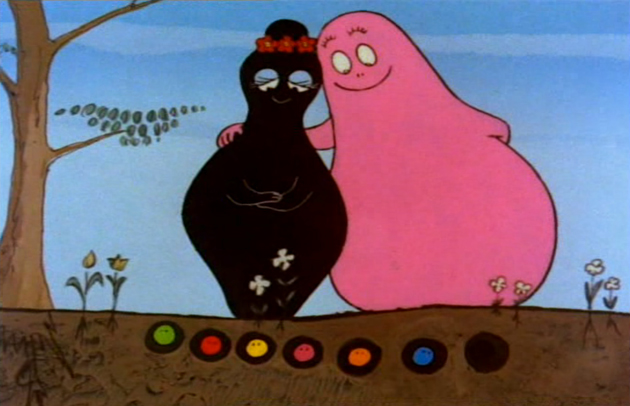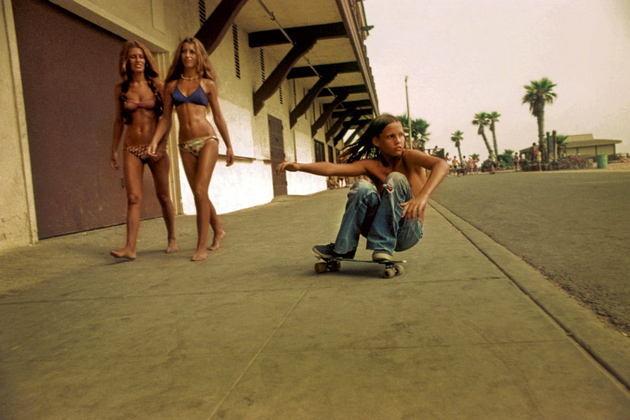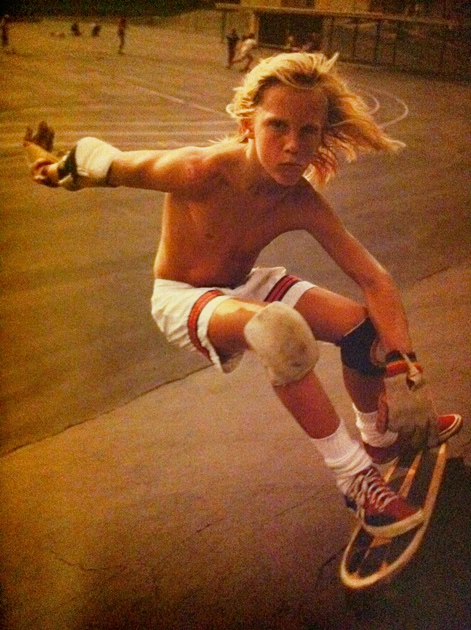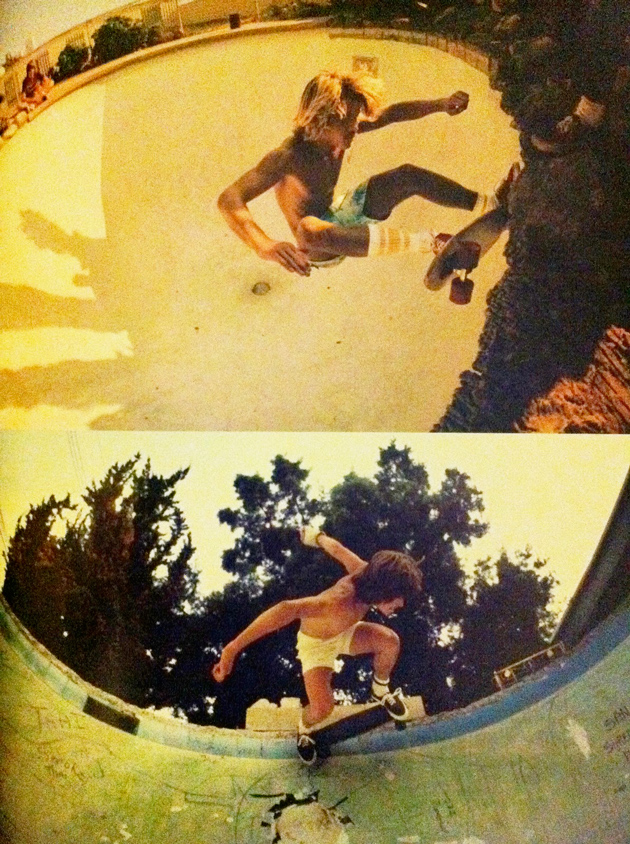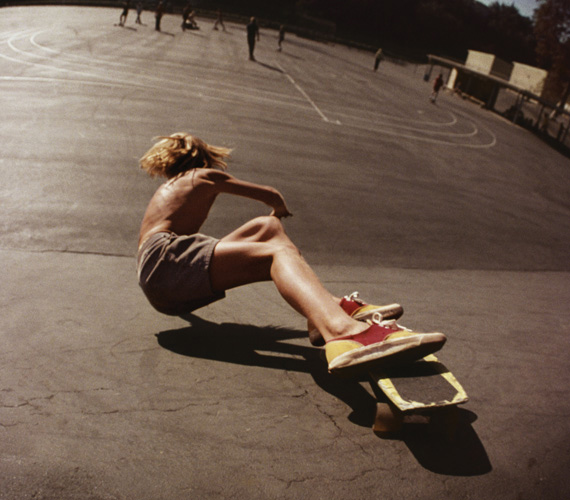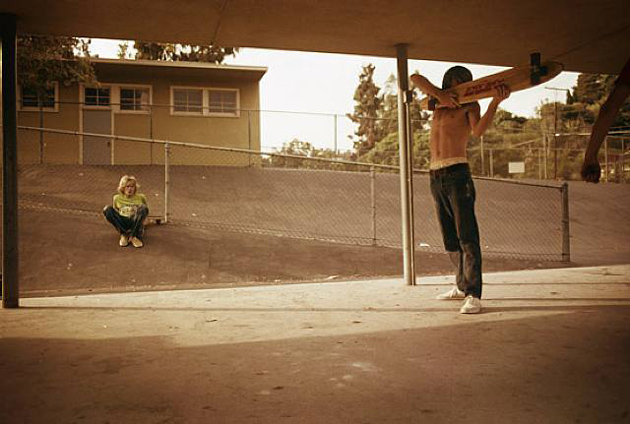.
The Editorial: Barbapapa / Propaganda
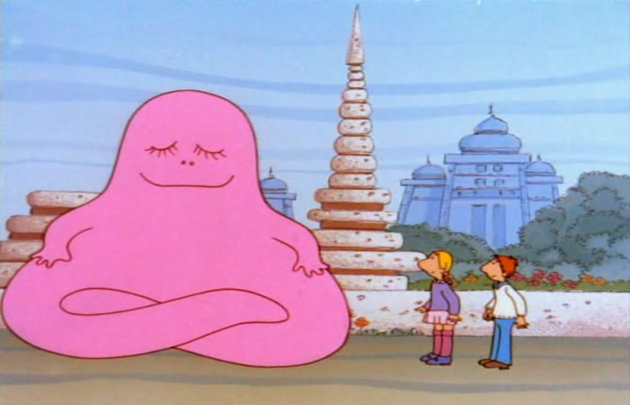
The drug fuelled 1970s was a time of discovery. Western cities dealt with swelling populations, skyrocketing crime and rampant pollution. Oil crises choked infrastructures and caused tension between nations. Recession after recession increased the gap between the richest and the poorest. Fashion rid itself of previous limitations and veered off on never before seen tangents; artistic conventions crumbled. And exactly like today – a decade of unprecedented complexity and extreme uncertainty – the 1970s was a time of discovery and reevaluation. It was and is once again a time in which we must take long, hard looks at ourselves and evaluate our systems, our values, ourselves. Barbapapa, the gorgeously kitcshy, cheaply animated 1970s cartoon did it for us forty years ago.
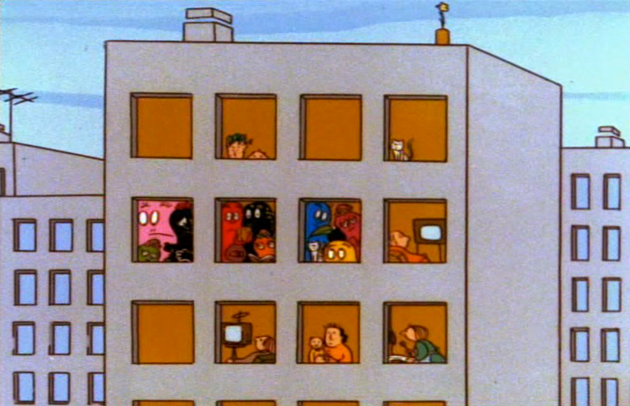
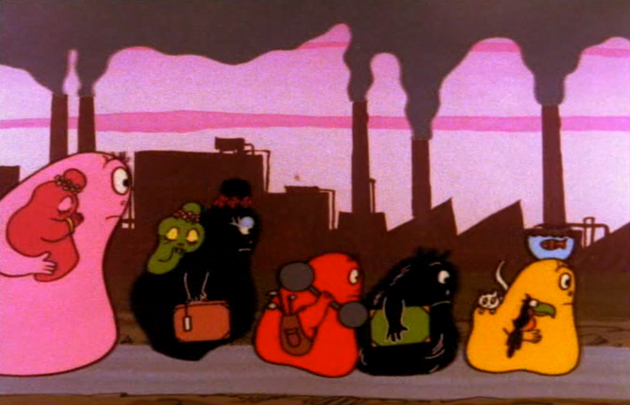
The amorphous pink blob, grown like a magical potato, is the manifestation of the modern human condition. He has supportive and nurturing friends, Claudine and François, but finds himself fundamentally alone, forced to seek meaning, as so many of us do, in a voyage around the world. Barbapapa is the commensurate self-aware individual, caught between his environment and himself: his awkward shape, size and colour set him apart, but his utility and benevolence endear him to those he is able to help. And although he uses literal and impossible solutions for immediate problems (such as transforming himself into a submarine, staircase or hot-air balloon), he serves as a magical metaphor for the wildly transformative power of imagination.
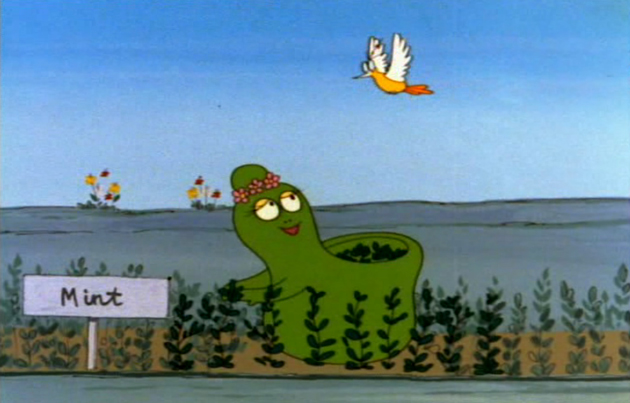
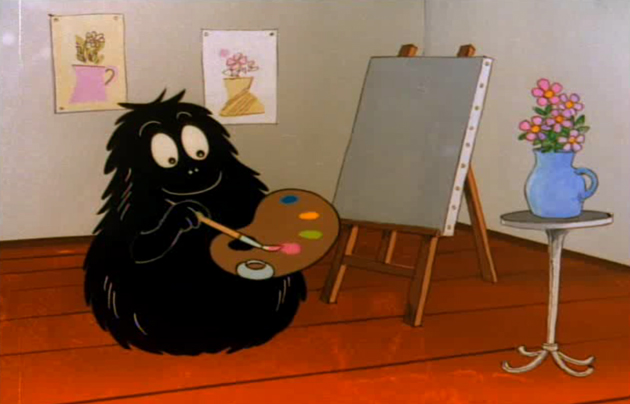
But forty years later, Barbapapa is as relevant as ever. The cartoon dealt openly with issues of depression, racism, displacement and inequality. And in a roundabout way with issues of homosexuality, gender identity, drug use and marital strife. The show dealt frequently with issues of pollution, environmentalism and animal rights. Barbapapa even tackled the dehumanisation, isolation and misery of anonymous midcentury public housing! Barbouille, the artist offspring, fights for creative freedom. And he and his family (while perhaps a bit unrealistically fond of one another) celebrate their differences, each helping the group along with their talents and sensibilities.
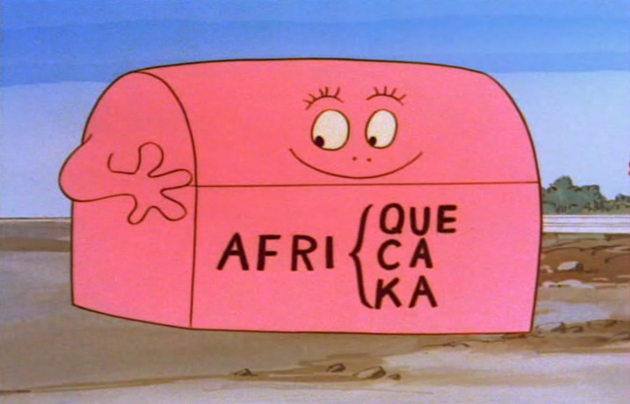
Generations of kids across the world have grown up listening to Barbapapa in a smattering of languages. And mostly none of them realised they were being schooled in tolerance and imagination. Perhaps Barbapapa is progressive propaganda. But the progressive, human values he represents are all too often overlooked in times of uncertainty. And with a future that looks more uncertain than ever, I think exactly what we all need is a little more gorgeously kitschy, cheaply animated 1970s good nature and humanity.
